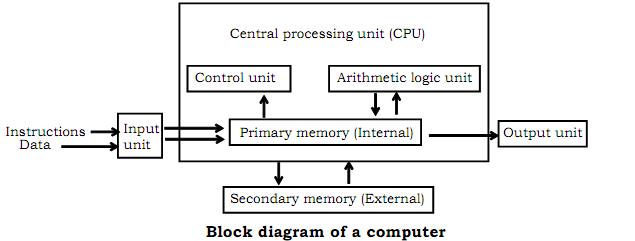
To avoid the possibility of further injury in the direction of the inversion during walking, the peroneal muscles need resistance through the increase of torque in the direction of ankle eversion. One way to increase the activation of peroneal muscles so as to prevent sudden imbalance in the direction of inversion is walking transverse on an incline, which increases the activity of peroneal muscles and tibialis anterior (TA) muscle. Evertor orientated strength training improves evertor muscle strength, joint position sense and also reduce reaction time during walking. As evertor muscle strength is associated with FAI, one of the methods for the improvement of the neuro-muscular function of peroneal muscles is strength training exercise. In human movement, the peroneal muscles are essential at the moment of the individual’s sudden change of ankle position in the direction of inversion, which is also the most common reason for lateral ankle sprain which may cause a clinical syndrome functional ankle instability (FAI). Studies also assume that low PL activity is associated with flat-arched feet as PL generates a first-ray plantarflexion moment and a forefoot plantarflexion moment during its contractile activity. The function of the PL tendon includes stabilizing and supporting the longitudinal arch by pulling the base of the first metatarsal inferiorly and aiding in the plantarflexion of the foot. Peroneus longus (PL) and peroneus brevis (PB) muscles, which are the subject of this research, have different inserts: the PB inserts on the fifth metatarsal while the PL inserts on the first metatarsal bone.

The activation of peroneal muscles in walking is the greatest during single limb support in the mid-stance phase when the subtalar joint is in a pronated position the peroneal muscles and also active in the push-off phase of the stride.

The main function of the peroneal muscles in walking is mediolateral stability and preventing involuntary ankle inversion at foot strike.

Walking on a medial incline ramp could be an effective exercise to improve the neuro-muscular function of the peroneal muscles and, therefore, might be a suitable exercise for people with weakened ankle evertors.ĭue to the change of the ankle position in its frontal plane, locomotion over uneven surfaces (inclines, snow, sand, grass, gravel, etc.) leads to changes in the activation of the tibial muscles and, especially, the peroneal muscles, which primarily function as ankle evertors. Walking on a medial incline ramp impacts the foot position, contact time, and stride length but not the gait speed. We observe a very high percentage of normalized EMG value of the PL muscle in LAT walking. Statistically significant EMG differences were observed in the peroneal muscles, TA and GL muscles. This study shows that the EMG activities of peroneal muscles increases when walking on the medial incline ramp. The parametric ANOVA test and a non-parametric Friedman test were used at an alpha level of 0.05. We monitored kinematic parameters (gait speed, stride length, contact time, foot position). We monitored the changes of EMG signals in peroneus longus (PL), peroneus brevis (PB), tibialis anterior (TA), soleus (SOL), gastrocnemius medialis (GM) and gastrocnemius lateralis (GL) muscles. Sixteen healthy participants took part in this study, walking on a flat surface (NORM), on a medial incline ramp with the plantar surface of the foot fully placed on the surface (FULL), and on a medial incline ramp with elevated lateral part of the foot (LAT). The objective of this study was to analyze the activity of the peroneal muscles when performing different types of walking. One of the methods for improving the activity of peroneal muscles is walking with different foot placement. When changing inclination in a frontal plane, an essential balancing function is performed by the peroneal muscles.

The main balancing function of the ankle joint is performed by tibial muscles. As the most common form of movement, walking happens not only on flat but also on uneven surfaces, where constant loss and regaining of balance occur.


 0 kommentar(er)
0 kommentar(er)
